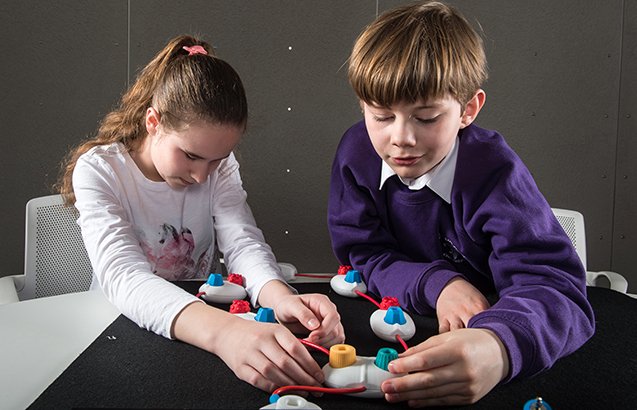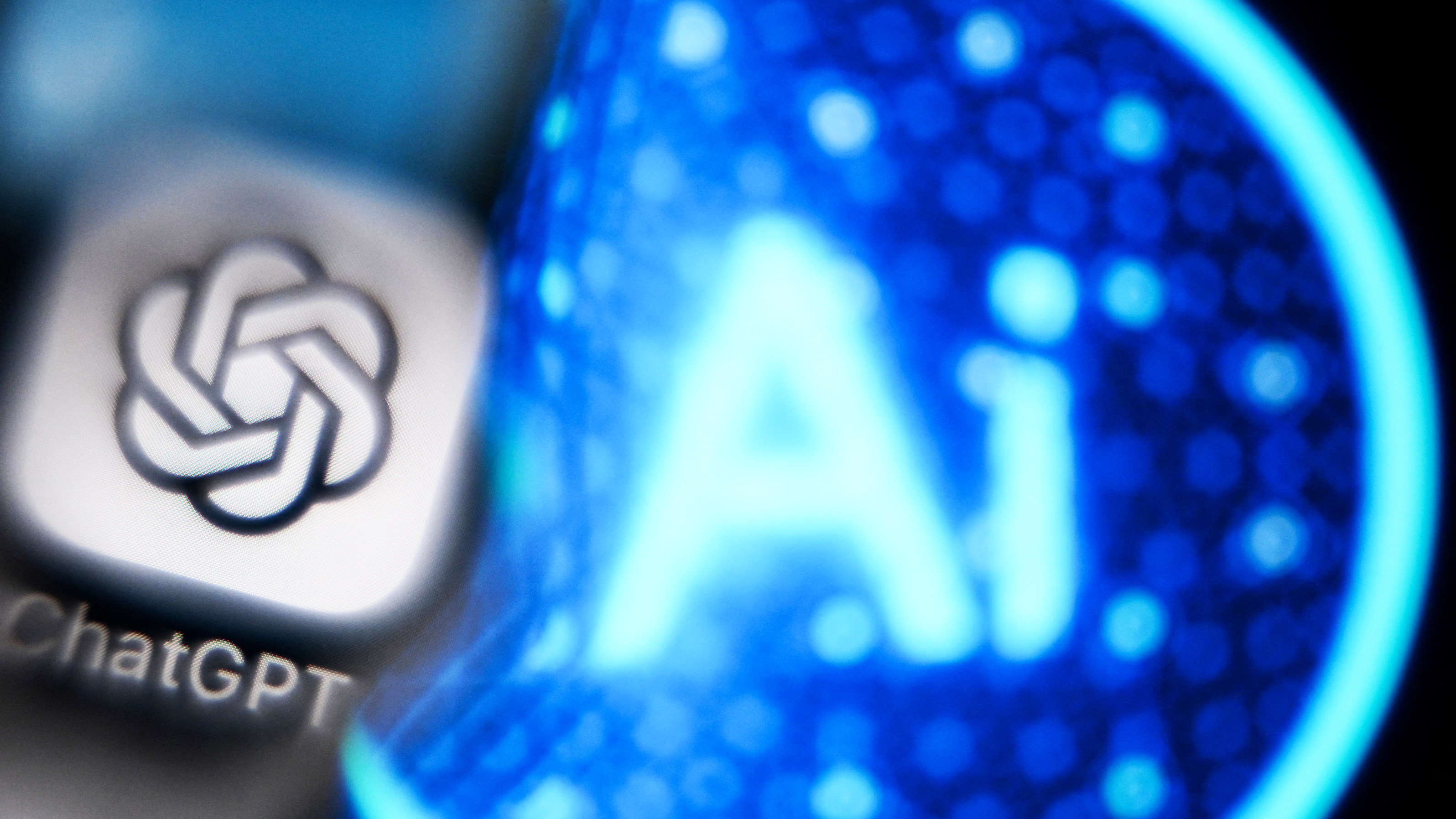Microsoft's Project Torino helps visually impaired kids learn to code with physical pods

Microsoft's Research division has introduced Project Torino, a unique physical programming language meant to help visually impaired children learn to code. As opposed to most coding tools built for kids, which feature simplified drag-and-drop tools, Project Torino is made up of physical "pods" that can be connected to build programs. The hope, Microsoft says, is that this approach will be more inclusive of learners with visual challenges.
Speaking on the project, Microsoft researcher Cecily Morrison explains:
One of our key design principles was inclusion. We didn't want to isolate these kids again. The idea was to create something that a whole mainstream class could use, and they could use together. It's clear that there's a huge opportunity in professional computing jobs. This is a great career for a lot of kids who might have difficulty accessing other careers.
Microsoft Research is carrying out its efforts on the project at the company's Cambridge, UK labs. The ultimate goal, Microsoft says, is to help not only those with visual impairments, but those with dyslexia or autism as well. Aimed at children ages 7-11, Project Torino can also serve as a great way for all children to bridge concepts frm the physical world to a typical coding environment.
Torino has gradually come together over the past year with the help of around a dozen students, incorporating their feedback along the way. Now, however, Microsoft Research is ready to expand trials as it works with the UK's Royal National Institute for the Blind (RNIB) to begin an even bigger trial for Project Torino with around 100 students this month.
All the latest news, reviews, and guides for Windows and Xbox diehards.

Dan Thorp-Lancaster is the former Editor-in-Chief of Windows Central. He began working with Windows Central, Android Central, and iMore as a news writer in 2014 and is obsessed with tech of all sorts. You can follow Dan on Twitter @DthorpL and Instagram @heyitsdtl.
